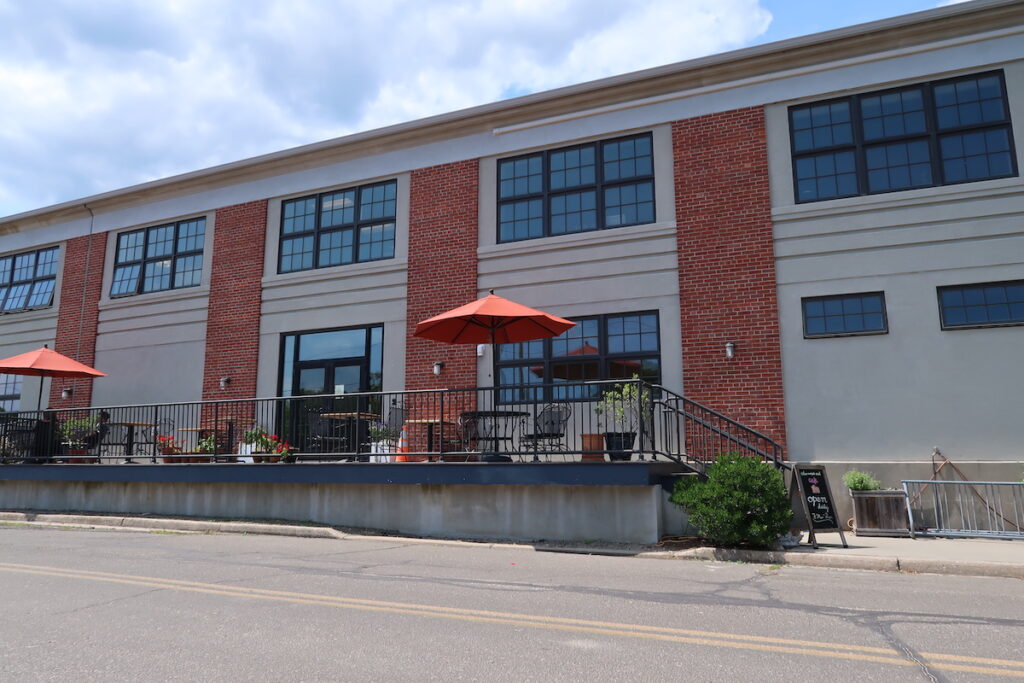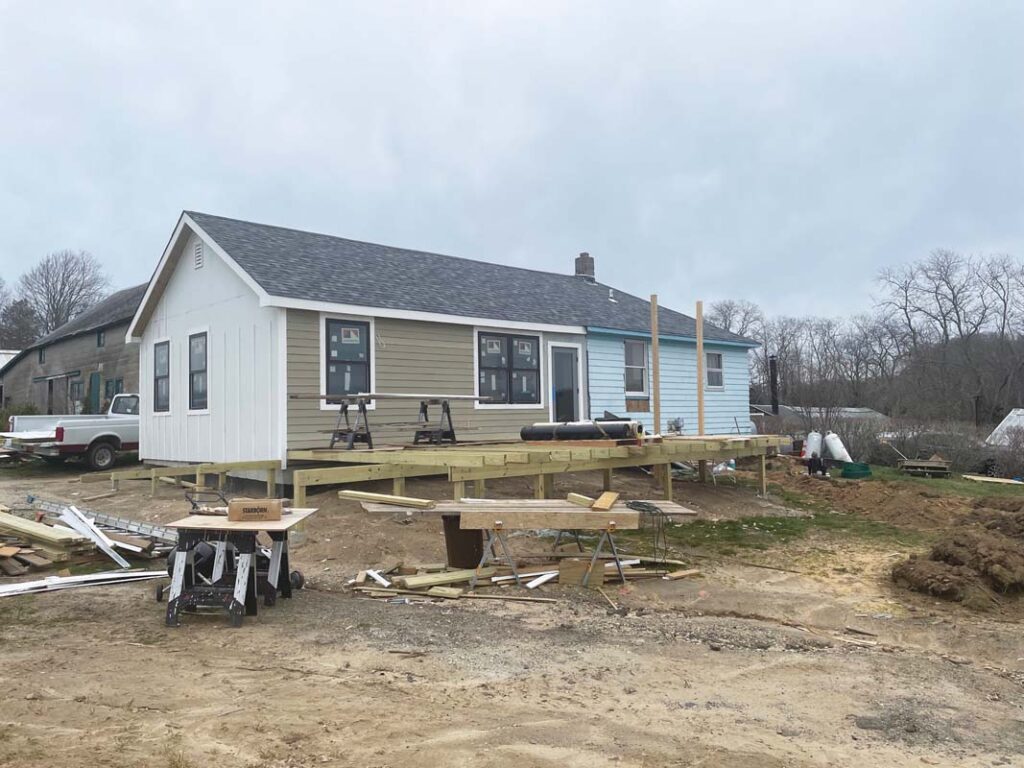Baby clams find a home in Hallocks

KATHARINE SCHROEDER PHOTO
Fred Fiedler tosses a scoopful of seed clams into the bay in Orient Friday as Merritt Miller, left, and Jason Stulsky look on. The baymen hope the baby clams will thrive despite the dangers they face from nature and predators.
Barn swallows were swarming thickly across the sky over Hallocks Bay off Orient, as if bearing witness, when Nathan Andruski and three fellow baymen set out in his open boat last Friday to seed their favorite clamming grounds with baby clams.
In an eastern corner of the bay, the men grabbed scoopers and began shoveling 85,000 tiny clams, each about the size of a fingernail, across a broad swath of pebbly-bottomed water, where they hoped the clams would nestle, safe from predators, until they grow big enough to be harvested and brought to market in three years.
Last fall, the Southold Baymen’s Association raised $4,000 at a fundraiser to support their first-ever clam seeding effort. From the boat on Friday, Mr. Andruski and baymen Jason Stulsky, Merritt Miller and Fred Fiedler, who had waited all year for the spawn to grow big enough to be seeded in the wild, were casting the fruits of their investment into the water.
The eight-month-old clams were raised in a hatchery alongside Orient State Park. They are mercenaria notatas, which are grown in hatcheries because they are easily distinguishable from their cousins, the wild mercenaria mercenaria clams, by their dark color with a lighter “v” marking on their shells.
As the baymen circled the seeding grounds, the wind picked up, spreading every scoop of clams farther and farther out over the water.
Mr. Fiedler, at 70 the oldest and tallest of the crew, was throwing seed farther out than the rest of the men, who asked him to spread some seed closer to shore so that they could reach them when they work the grounds with their scratch rakes.
“I’ll never live to see these clams grow up,” said Mr. Fiedler, shaking his head, half-laughing. Mr. Andruski, who said the clams would move around on the bottom only up to 18 inches a year, was confident that the rocky ground would keep the spawn safe enough from whelks, crabs and conchs to reach harvestable size. He was equally convinced that they would spawn, exponentially increasing the number of clams in the bay.
The fishermen agreed that Hallocks Bay is a good spot for clamming, but they pointed to a broad swath of coastline, opposite the grounds they were seeding, that has been closed for two years — not because of poor water quality but because of a study Stony Brook University students are doing to see if they can simulate eelgrass bed habitats with synthetic eelgrass.
“I was out here working, and the bay constable called to say it was closed. They closed one-third of the bay,” said Mr. Andruski. “I talked to the researcher and he doesn’t want it closed. This is one of the best areas we have. We’re trying to make it a better area.”
The Southold Baymen’s Association will have another fundraiser to support their seeding efforts on Oct. 16 at The Wharf House at Founders Landing.







